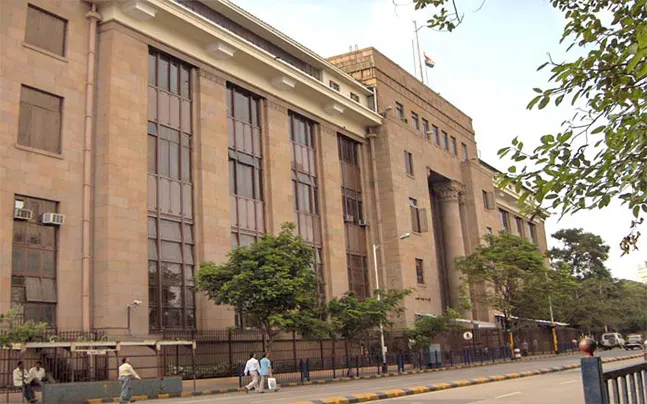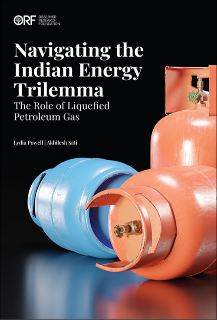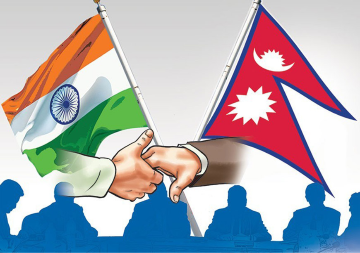
Is there an economic slowdown taking place? The jury is out about the extent of the slowdown and the RBI has predicted a slower rate of growth 7.1 per cent for 2015-16 as a result of the demonetisation. Thus the next two quarters are likely to witness an economic slowdown. The GDP growth in the July to September quarter was 7.3 percent and 7.1 percent in the previous quarter. Will it be even lower than 7 percent?
Even a layperson will understand that when less money is being circulated in the form of cash (when cash transactions constitute 98 per cent of all consumer transactions), there will be a fall in demand for goods and services. All of us are constrained in making our daily purchases for lack of cash in hand for the simple reason that getting cash out of your bank is a huge hassle. The result of all households spending less cash will have repercussions on the aggregate demand. Many small goods sellers, daily wage labourers, hotels and restaurants, transportation are suffering due to this cash crunch. Home sales have been at a standstill and debt burden issues are worrying farmers.
The fastest growing service sector also contracted sharply in November. The Nikkei India Service Business Activity index slumped to 40.7 percent in November from 54.5 percent in October. Services sector contributing nearly 55 per cent to the GDP, is likely to have lower growth in December.
The larger macroeconomic picture is also beginning to look gloomy because there are changes in the international monetary scene with the raising of interest rates by 0.25 percent by the Federal Reserve, the central bank of US. The interest rate was previously between 0 to .50 percent range. Now it will be between 0.5 to 0.75 percent range. This revision of the interest rate is a signal that the US economy is strengthening and recovery is firmly on track. There could be three more upward revisions in the future though nothing has been announced as yet.
This unexpected move to hike interest rates by Janet Yellen, the Federal Reserve chief, will make a world of a difference to FIIs who have been coming to India during 2016 in droves. But ever since Trump emerged as the President elect, FIIs have been withdrawing their portfolio investments in equities from India in November and December. They have sold more than Rs 2500 crore in December. Now they will park their money in the safest of all investment destinations -- the US because the yields on US Treasury Bills will rise as a result of the rate hike.
Why Trump’s protectionist ideas may not work
The withdrawal by FIIs from Indian financial markets will impact the rupee which as a result will slide further. This may give a boost to India’s exports, but there are many factors at play. Most Indian exports contain imported parts. For example, in precious stones exports, rough diamonds are imported from abroad. Gold is also imported. India’s imports will cost more because of the depreciation of the rupee vis-à-vis the dollar and higher import costs of the many raw materials and components used in exports would hike the production costs of exports, making them less competitive against Chinese products. Other currencies like the yen and South Korean won have also depreciated against the dollar. They are likely to gain a competitive edge over Indian exports.
India’s trade deficit widened to 16 month high at $10.41 billion in November as export growth slowed down and imports (mainly gold) surged. Gold shipment increased by 20 per cent in November as people were converting their cash into gold.
In any case for exports to rise, industrial production will have to pick up first because currently it is witnessing a declining trend. The Index of Industrial Production contracted by 1.9 per cent in October 2016.
On the other hand, oil prices have already started rising because of the 13 member OPEC’s decision to reduce production. Other non OPEC members who are major oil exporters including Russia have also agreed to cut their output. Oil prices have jumped from $27 a barrel in February to $54 per barrel currently. India imports 80 per cent of its oil consumption requirements. Oil imports will cost more and cost of transportation will rise as a result of which there will be a cascading effect on the prices of all goods and services. There could be inflationary pressure again though currently due to decline in food prices WPI has been low in November at 3.15 percent.
A hike in interest rates in the US will also mean higher outgo for corporates who have borrowed money from abroad. Higher cost of finance will make a difference to product prices, pushing them up. Investments may also dry up. As it is investment demand or gross capital formation has been contracting for three consecutive quarters. It contracted 5.6 percent year on year in the three months to September 2016. Private corporate capital expenditure has been weak for the last two years. It is lack of investment growth in the private sector which has slowed down manufacturing growth and IIP index. Commercial credit has sunk to a 19 year low as backlogs have piled up in factories.
A combination of lower GDP growth with the possibility of higher inflation (especially CPI) is a dangerous mix and it could lead to stagflation which entails that fewer jobs will be created. The boost in demand for domestic production can only come when the circulation of money returns to its normalcy.
‘Make in India’ by hand
The Budget 2017-18 can have some incentives to boost growth and expectations are high regarding a tax cut. The RBI has reached its limit for an interest rate cut for the economy’s demand revival. On October 4, 2016, the RBI announced a rate cut by 25 basis points that led to a six year low interest rate of 6.25 per cent. The prospect of a low rate cut by RBI has pushed up Indian bond yields also. In fact the scope for rate cut remains limited to 25 basis points or a maximum of 50 basis points (0.5 per cent) because deposits have surged and the credit deposit ratio has sunk low.
Only if suddenly corporate earnings show great improvement, the impact of US rate hike will be minimal and FIIs will return. This is possible but looking at the current scenario, it is difficult year ahead.
The views expressed above belong to the author(s). ORF research and analyses now available on Telegram! Click here to access our curated content — blogs, longforms and interviews.




 PREV
PREV


